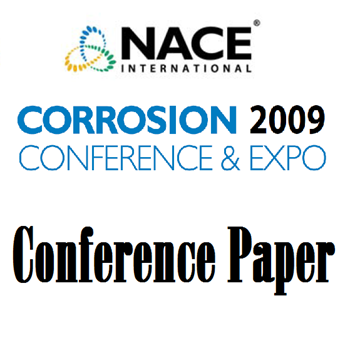Search
08192 Super-Ferritic Stainless Steels - The Cost Savings Alternative for Heat Exchanger Tubing
Also Purchased
09338 Heat Treatment Issues on Stainless Steel Heat Exchanger Tubes
Product Number:
51300-09338-SG
ISBN:
09338 2009 CP
Publication Date:
2009
$20.00
51313-02118-Corrosion of a Shell-and-Tube Heat Exchanger
Product Number:
51313-02118-SG
ISBN:
02118 2013 CP
Publication Date:
2013
$20.00
51315-5473-Corrosion of a Vertical Shell and Tube Heat Exchanger
Product Number:
51315-5473-SG
ISBN:
5473 2015 CP
Publication Date:
2015
$0.00




